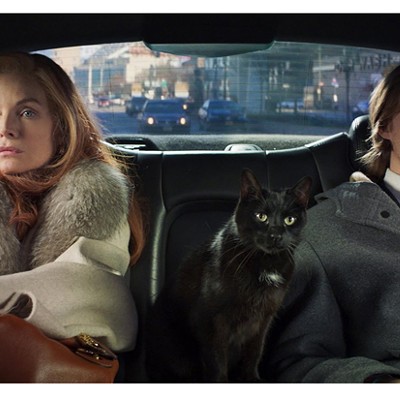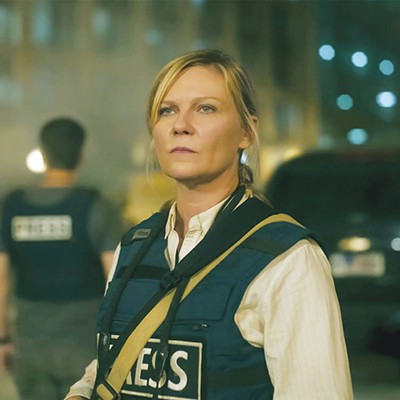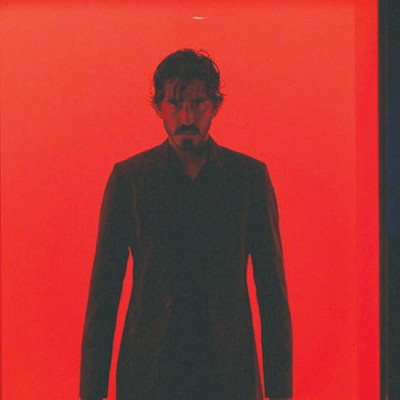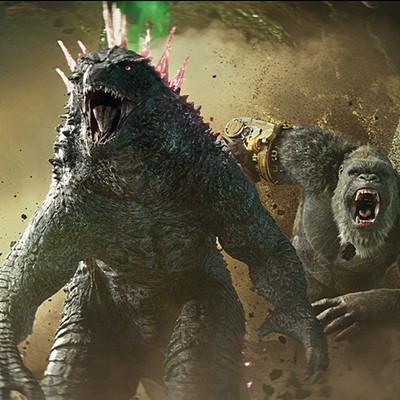"I've created a monster," says John (Isaiah Washington), looking appreciatively at Lee (Tequan Richmond). John (old, calculating, furious) and Lee (young, quiet, and a terrifyingly good shot) are sitting in their 1990 Chevrolet Caprice; navy blue, it has a hole sawed out of its trunk that's just large enough to fit the barrel of a sniper rifle. It is the car that the two drive around Virginia, Maryland, and Washington, DC, where, over the course of three weeks, they will find places to park, and then shoot and kill random people.
Blue Caprice—inspired by the chilling 2002 Beltway sniper attacks that killed 10 people—begins in the Caribbean and drifts through Tacoma before landing, with a bloody burst, in and around D.C. Along the way, John and Lee meet up with one of John's old army buddies, Ray (Tim Blake Nelson), and Ray's wife, Jamie (Joey Lauren Adams), but the film's unrelenting focus is on 17-year-old Lee—and what John, with festering anger and steady determination, slowly turns him into. (Played by Richmond, this is a breakout role for the young actor, who starred as one of Ray Charles' sons in the movie Ray and in small TV roles.)
Drenched with overcast grays and somber blues, and scored with ominous ambience and anxious strings, the reserved, grim Blue Caprice boasts no fewer than four fantastic performances (particularly from Washington, who gets a lot more to work with than anybody else). But while director Alexandre Moors sets a disconcerting, melancholy atmosphere, Ronnie Porto's script, crammed with foreshadowing, never lets you forget how John and Lee's story will end, keeping John—and, even more so, Lee—at a chilling but safe distance. (For all the lonely, understated glaring that happens in Blue Caprice, there are also some painfully on-the-nose moments—like when Lee and a stoned Ray play Doom, with Ray wondering aloud what it feels like to kill in real life...not realizing he's playing Xbox with an actual killer.) For a film that spends nearly all of its time leading to a horrific and forgone conclusion, Blue Caprice says frustratingly little about how these men transformed into killers. At the start of Blue Caprice, we know John and Lee will become monsters, and at the end, they do, and that's that.
Dir. Alexandre Moors
Playing at Tin Pan Theater




















